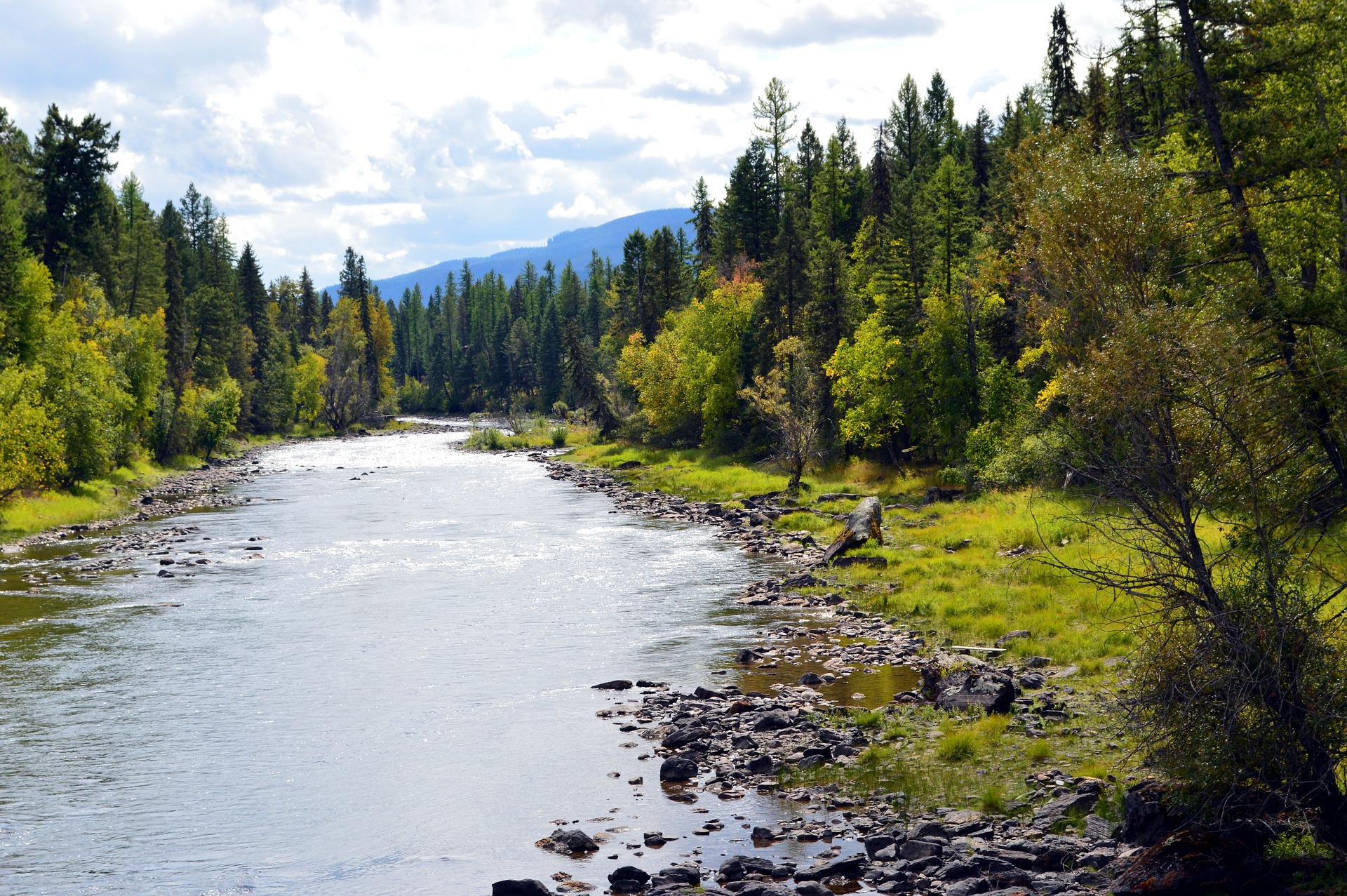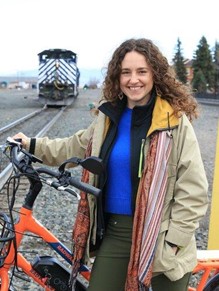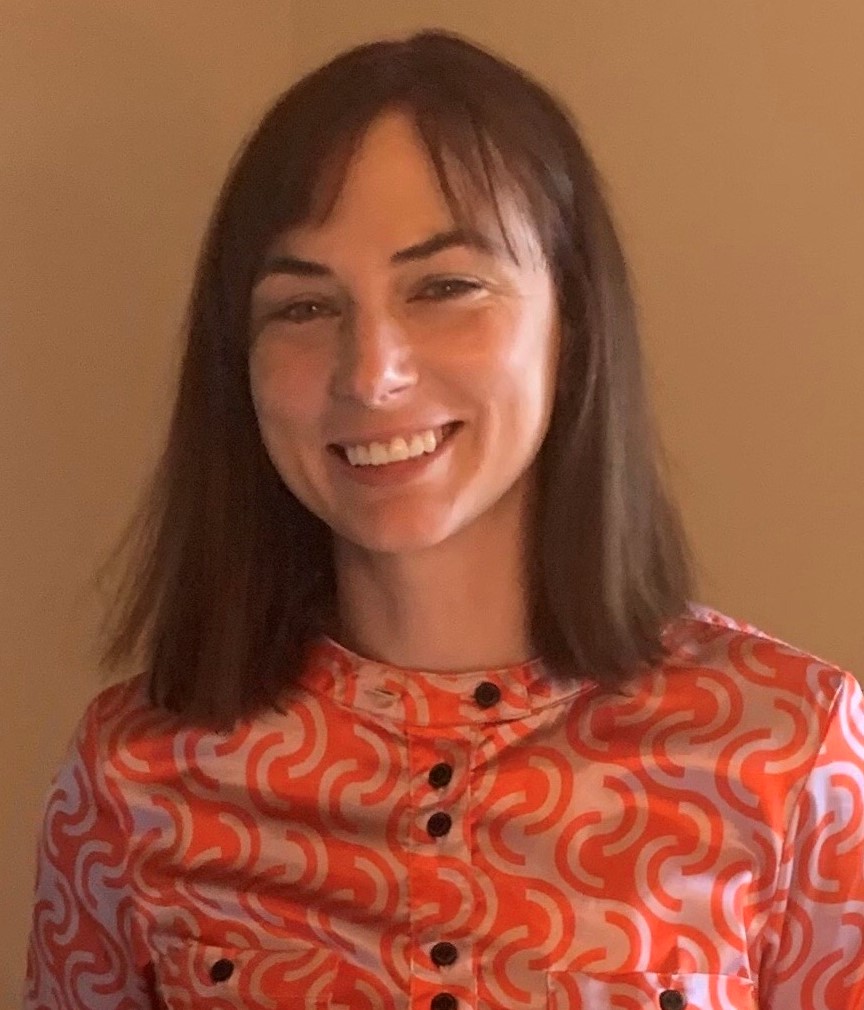Apply now to join our next cohort of Community Science Fellows and Community Leads!

Photo courtesy of 1632823 from Pixabay
Flooding is not new to Park County and many local organizations and agencies play a role in flood preparedness and recovery. Some of the challenges facing Park County are understanding the resources available, the roles of each organization and agency in flood preparedness and recovery, what data and guidance documents already exist, and how we can work together to overcome resource and capacity challenges to fill in any gaps in the realm of flood preparedness and recovery. A gap analysis will be used to bring together all of the past work conducted in flood preparedness and recovery in a synthesized fashion, map out the roles of each local agency and organization in flood recovery and preparedness, and provide a more complete picture of the flood preparedness and recovery landscape to understand gaps and resource needs that need to be filled to help figure out how we can collectively understand the flood preparedness and recovery landscape and work together moving forward.
Park County is a rural community that is vulnerable to flooding from the Yellowstone River. Flooding impacts local businesses since much of the local economy is tourism based; it also impacts local landowners and agricultural producers who live next to the river. The project includes local organizations, local agencies and local stakeholders involved in flood preparedness and recovery and will benefit the public. A community priority right now is to continue with flood recovery and transition to more preparedness for the next flood event. The community is working with Thriving Earth Exchange to create an opportunity to add capacity toward planning and organizational development. This has been a challenge with so many local groups working toward similar goals but facing collaborative challenges due to limited capacity.
The history of working on this issue has included several working groups following the floods. Various outcomes included formulating recommendations, FEMA reports, planning documents and many efforts by disparate organizations. However, efforts lack cohesiveness between flood recovery and implementing recommendations as well as among agencies and organizations working in this realm.
The community would like to gain a better understanding of the flood planning, response and recovery landscape. The project will bring together resources in a synthesized fashion to understand work that has been done in this realm and resources available to move efforts forward. The gap analysis will help all local agencies and organizations working on flood preparedness and recovery, as well as the public, to understand the past, present and future of flooding in the area, and the resources available to mitigate impacts. We are hoping this will be a starting point for local organizations and agencies to understand what one another does and be able to collaboratively move forward. A recommendation following this resource hub will be to apply for an organizational development grant through Rivers and Trails Conservation Assistance Program (NPS) to move from a gap analysis to a group that effectively collaborates and addresses the gaps exposed in flood preparedness and recovery.
Jan:
MT Flood Recovery Symposium- Jan 25th (ensure we have contacted all relative parties)
Meeting with FEMA reps- Jan 26th (FEMA reached out to add capacity locally and we want to connect them to the local organizations we are working with)
Feb: Finalize scope, present to community, get feedback, and begin outreach to expert(s), Encourage partners to apply for RTCA NPS grant.
March: Secure experts (planner with organizational development expertise).
April-August: Complete gap’s analysis and need’s assessment, including stakeholder engagement to gather information.
Sept: Present results to community

Sarah Stands (PCEC)
You could almost say that Sarah was born to do this work. Her father, Tom Shands, was the vice-president of the PCEC board in the 1990s. While leafing through some old newsletters in the office Sarah came across a photo of her younger-self from in the 1997 issue illustrating an article entitled “Planning for the Future.” Little did we know that plan would be multigenerational! With Sarah’s passion for PCEC’s vision around community planning, supporting this work only makes sense.
Max Hjortsberg (PCEC)
Max grew up in Paradise Valley and has called Park County home for most of his life. He currently lives in Livingston with his family. He is an avid angler and enjoys spending much of his time outdoors in the mountains or on the river. Max is passionate about protecting the environment and carrying out conservation minded projects that benefit everyone who calls Park County home. Max is a member of the Upper Yellowstone Watershed Group and serves on the Lincoln School Foundation Board.

Lauren Miller (NPS)
Lauren has worked in conservation social science and natural resource management for nearly a decade. Prior to moving to Park County, Montana, Lauren worked for a nonprofit in the “Lost Sierra” on several projects at the intersection of community well-being and natural resource management. Lauren joined the team at Yellowstone National Park as their social scientist. During her free time, she enjoys climbing, mountain biking and skiing in Paradise Valley, as well as exploring all the gems Montana has to offer with her husband, daughter and two dogs.
We are looking for a community planner that is well-qualified in pre-planning work prior to development of a plan. The work includes gathering all relevant data, plans, materials and speaking with stakeholders involved in flood planning, response, and recovery to map out what roles and responsibilities are covered in these realms of flooding, what is missing, and what are the needs. This work may be able to be accomplished by students monitoring by a professional. A local community scientist could be a plus but may not be necessary working with us and our community partners.
Thriving Earth Exchange asks all scientific partners to work with the community to help define a project with concrete local impact to which they can contribute as pro-bono volunteers and collaborators. This work can also position the scientists and communities to seek additional funding, together, for the next stage.
Park County Environmental Council is our community liaison with multiple employees working on this project- Sarah and Max. From already being involved in flood activity, the local watershed group, and working with many community organizations, employees wear multiple hats and are able to connect with many stakeholders to move this project along. Additionally, the two participating employees are Park County locals and maintain a rich knowledge and history of the area, understand the social and political pressures and dynamics, and are a wonderful assets to any community-oriented work in Park County.
(c) 2024 Thriving Earth Exchange